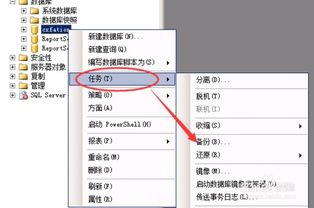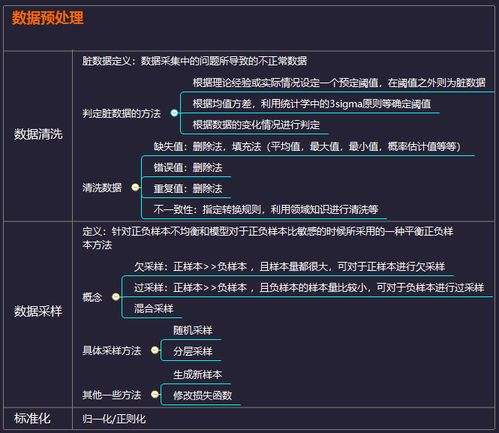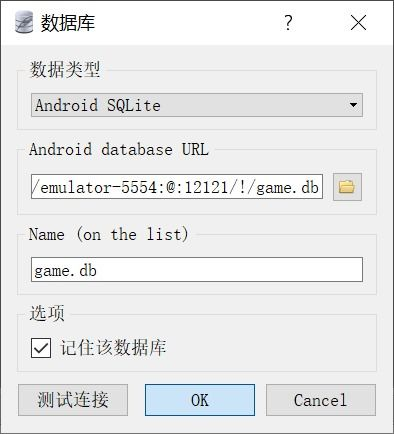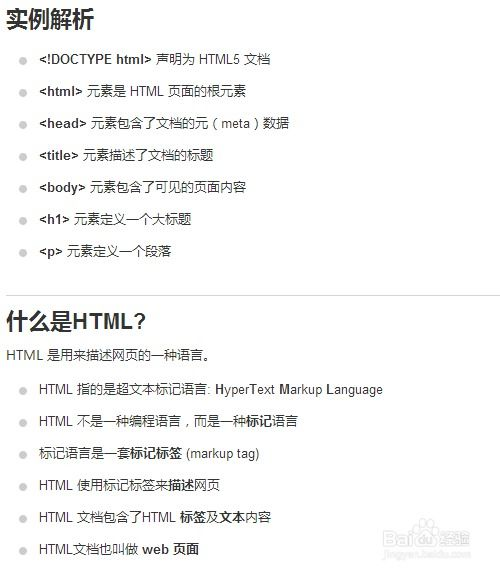Java Web Connecting to MySQL Database, A Comprehensive Guide
Understanding the Prerequisites
Before we jump into the actual code, it is important to have a solid understanding of the prerequisites for connecting Java web applications with MySQL. First, you need to have Java Development Kit (JDK) installed on your machine. Make sure to download the latest version of JDK from the official Oracle website. Additionally, you will need a web server such as Apache Tomcat for deploying your Java web application.
Next, you will need the MySQL database installed. You can download MySQL from the official MySQL website, where you can also find installation instructions. After setting up MySQL, create a database and a user with appropriate privileges that your Java application will use to connect to the database. It’s critical to remember the username and password you set, as you will need this information in your connection code.
Furthermore, you will need the MySQL connector for Java, which allows Java applications to communicate with MySQL databases. You can download it from the MySQL website, and ensure that the .jar file is added to your project’s build path.
Establishing Connection using JDBC
Once the prerequisites are ready, you can begin writing the code to establish a connection with the MySQL database using JDBC (Java Database Connectivity). Here is a simple example of how to do this:
First, import the necessary packages:
```java import java.sql.Connection; import java.sql.DriverManager; import java.sql.SQLException; ```
Next, write a method to create a connection:
```java public class DatabaseConnection { public static Connection getConnection() { Connection connection = null; try { String url = "jdbc:mysql://localhost:3306/yourDatabaseName"; String user = "yourUsername"; String password = "yourPassword"; connection = DriverManager.getConnection(url, user, password); } catch (SQLException e) { e.printStackTrace(); } return connection; } } ```
Be sure to replace `yourDatabaseName`, `yourUsername`, and `yourPassword` with the actual database name, and credentials you created earlier. This method will attempt to establish a connection to the database and return a `Connection` object.
You can call this method from your servlet or any Java class where you want to interact with the database. Keep in mind to handle potential database exceptions appropriately, making your application robust.
Executing Queries and Closing Connections
After establishing a connection, you can execute SQL queries to interact with your database. Here is an example of how to execute a simple SQL query:
```java Connection connection = DatabaseConnection.getConnection(); Statement statement = null; ResultSet resultSet = null; try { statement = connection.createStatement(); String sql = "SELECT FROM yourTableName"; resultSet = statement.executeQuery(sql); while (resultSet.next()) { System.out.println("Column1: " + resultSet.getString("column1")); // Continue for other columns as necessary } } catch (SQLException e) { e.printStackTrace(); } finally { try { if (resultSet != null) resultSet.close(); if (statement != null) statement.close(); if (connection != null) connection.close(); } catch (SQLException e) { e.printStackTrace(); } } ```
This code snippet demonstrates how to retrieve data from a specified table. Always ensure to close the `ResultSet`, `Statement`, and `Connection` objects in a `finally` block to avoid memory leaks.
In summary, connecting a Java web application to a MySQL database involves setting up necessary software, writing the connection code, and executing queries. This guide aims to provide you with a solid understanding and practical code examples for establishing such a connection in real-world applications.





